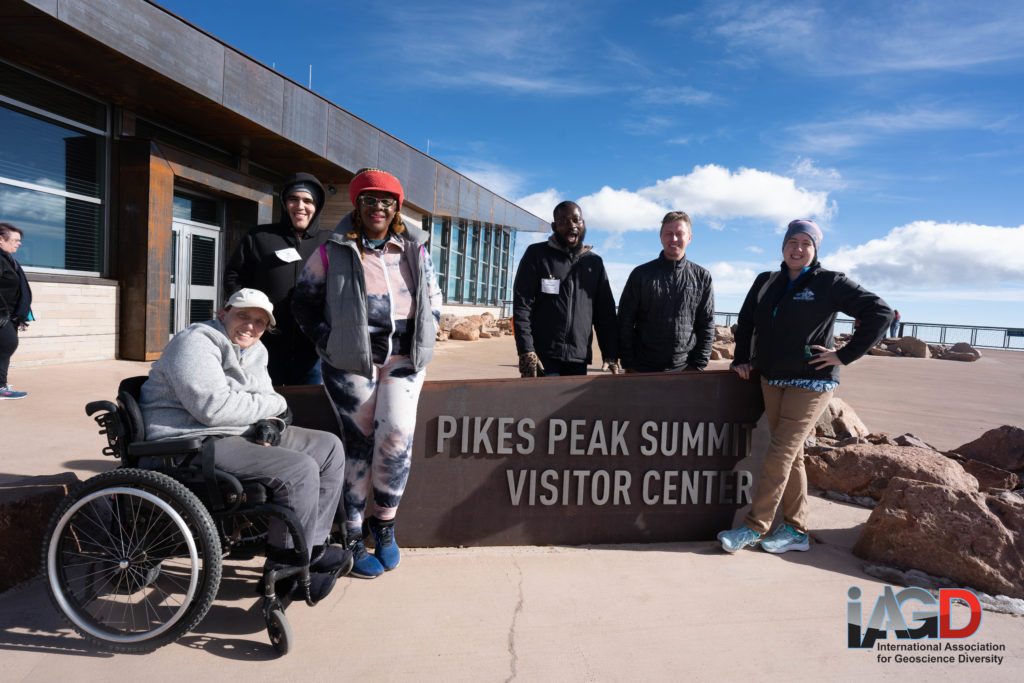A new SRI-led study finds that people with autism spectrum disorders (ASDs) are significantly more likely to choose STEM majors, if they attend college. The study also paints the first picture of college enrollment and participation in STEM majors for young adults with ASDs, compared with their peers in 10 other disability categories and compared with youth in the general population.
“There’s a perception that people with ASDs are more likely than the general population to gravitate toward science, technology, engineering and mathematics (STEM) fields. It turns out the perception is true,” said Xin Wei, senior research analyst with SRI International.
The findings, published online November 1 in the Journal of Autism and Developmental Disorders [http://www.springerlink.com/content/e4x4818242078875/], highlight the need for educational support and services for students with autism to enroll in college and navigate toward STEM majors and careers.
To uncover the relationship between ASD and STEM majors, Xin Wei and her colleagues analyzed data from the National Longitudinal Transition Study-2. In 2000, NLTS2, conducted by SRI for the US Department of Education, sampled more than 11,000 high school students aged 13 through 16 who were receiving special education. The data were collected in five 2-year intervals from 2001 to 2009. The current study used the data from 2009, which included 660 students who received special education services in the autism category during their K-12 years, 84 percent of whom were male.
The survey included students with ASDs as well as students in 10 other special education disability categories, including hearing or visual impairment, learning disabilities, and traumatic brain injury. The data included family income, conversation ability, mental functioning skills, and choice of major by individuals attending college. Majors classified as “STEM” include computer science, programming, information technologies, engineering, mathematics and statistics, science, biology, earth science, geology, physics, chemistry, and environmental science. Social, behavioral, and economic sciences and the health and medical sciences were not included as STEM fields.
The study results confirmed for the first time, said Wei, that STEM-related majors were more common among college students with ASDs than among students with any other type of disability. “Thirty-four percent of college students with ASDs, compared with 20 percent or less of students from all other disability categories, chose STEM majors. In addition, this percentage is significantly higher than the 23 percent of college students in the general population who declare a STEM major,” said Wei.
“We also found that college students with ASDs in STEM fields were more likely than the general population to choose science and computer science majors,” said Wei (12 percent of students with an ASD chose a science major, compared with 8 percent of the general population; 16 percent of students with an ASD chose computer science as their major, compared with 7 percent of the general population).
The high proportion of STEM majors among college students with ASDs, however, is mostly the result of young men’s choices. “These findings represent good news and bad news,” said Wei. “Thirty-nine percent of male college students with ASD major in STEM. That’s 10 percentage points more than males in the general population and is cause for celebration. On the other hand, only 3 percent of female college students have STEM majors. That is 12 percentage points less than females in the general population and is cause for concern.”
Of possibly even greater concern is the fact that, despite the high STEM majors among college students, overall college enrollment rates among young adults with ASDs were quite low. Overall, Wei’s team found that only 32 percent of the young adults with an ASD enrolled in college. These numbers were the lowest for all the types of disabilities analyzed, except for those with intellectual disabilities or multiple disabilities.
Wei emphasized that the current findings are a first step in understanding the factors that predict successful college enrollment and STEM participation for young adults with ASDs. Her group is continuing to analyze the NLTS2 data to help understand the environments that best support the enrollment and completion of STEM degrees among college students with ASDs.
SRI research was funded by Grant HRD-1130088 from the National Science Foundation, Grant R324A120012 from the U.S. Department of Education, Institute of Education Sciences, Autism Speaks, and Grant R01 MH086489 from the National Institute of Mental Health.
The content is solely the responsibility of the authors and does not necessarily represent the official views of the National Science Foundation, U.S. Department of Education, Institute of Education Sciences, Autism Speaks or the National Institutes of Health.
SOURCE SRI International





